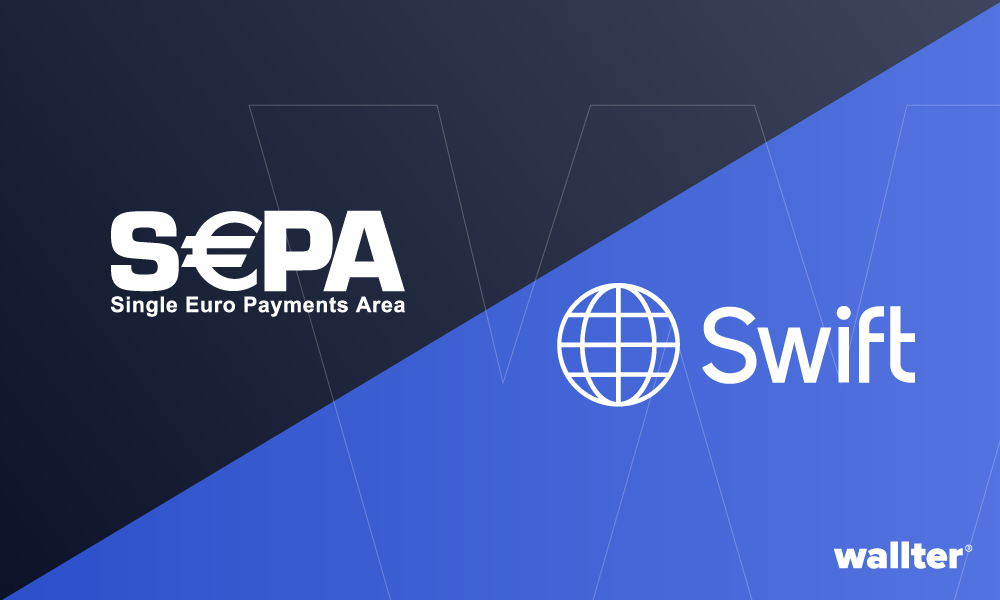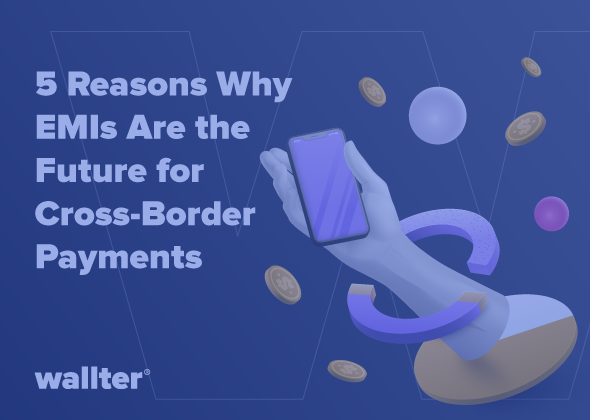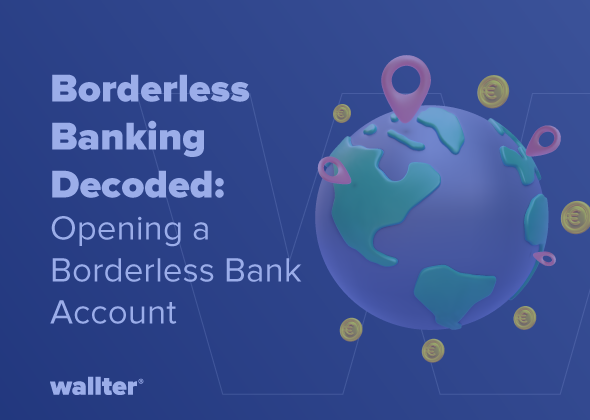Have you ever stopped to consider the intricacies of SEPA and SWIFT transfers and how they influence your business transactions? In the vast world of global finance, these systems act as superheroes, ensuring the secure and swift movement of your funds across borders. At Wallter, we firmly believe that knowledge is power, and we’re dedicated to empowering you with insights to optimize your financial operations. Let’s delve deeper into SEPA and SWIFT to explore what distinguishes them from each other!
SEPA: Simplifying Euro Payments
SEPA (Single Euro Payments Area) is a payment system created for euro transactions within the European Union (EU) and other European nations. Its goal is to standardize and simplify euro payments by harmonizing standards across all participating countries, thus eliminating disparities between national and cross-border payments.
SEPA is implemented in the following countries:
- The countries of the European Union: Austria, Belgium, Bulgaria, Cyprus, Croatia, Czech Republic, Denmark, Estonia, Finland, France, Germany, Greece, Hungary, Ireland, Italy, Latvia, Lithuania, Luxembourg, Malta, Netherlands, Poland, Portugal, Romania, Slovakia, Slovenia, Spain, Sweden, and the United Kingdom.
- Countries that are part of the European Economic Area (EEA) but are not members of the European Union: Iceland, Liechtenstein, Norway, and Switzerland.
- Other European countries that have voluntarily joined SEPA: Monaco and San Marino.
In total, SEPA includes approximately 38 countries and over 6,000 financial institutions as members.
SWIFT: Global Interbank Communication
SWIFT (Society for Worldwide Interbank Financial Telecommunication) is an international messaging network connecting financial institutions worldwide. It facilitates the exchange of financial information across borders.
SWIFT has a vast network comprising thousands of financial institutions across the globe. SWIFT boasts over 11,000 members worldwide, spanning across more than 200 countries and territories.
Key Differences: SEPA vs. SWIFT
| Aspect | SEPA | SWIFT |
|---|---|---|
| Regulation | Governed by the European Payment Council (EPC). | Operates independently, overseen by the G-10 central banks (Belgium, Canada, France, Germany, Italy, Japan, The Netherlands, United Kingdom, United States, Switzerland, and Sweden), as well as the European Central Bank, with its lead overseer being the National Bank of Belgium. |
| Scope | Facilitates cashless euro payments, including credit transfers and direct debits, within the European Union and several non-EU countries. | Global network supporting transactions in multiple currencies. |
| Membership | Mandatory for all financial institutions within the SEPA zone | Voluntary for financial institutions worldwide. |
| Infrastructure | Utilizes the International Bank Account Number (IBAN) for identification | Uses the Bank Identifier Code (BIC) for identification |
| Year Began Activity | 2008 | 1973 |
Leveraging SEPA and SWIFT for Business Success
Understanding the nuances of SEPA and SWIFT transfers is crucial for navigating the complexities of international finance and optimizing business transactions. While SEPA streamlines euro payments within Europe, SWIFT provides a global network for interbank communication across currencies. Businesses operating in the global marketplace benefit from the unique advantages offered by each system, whether conducting intra-European transactions or engaging in cross-border payments worldwide.
It’s worth noting that Wallter, a global payments platform, can offer both SEPA and SWIFT solutions. As proud members of SEPA, we provide seamless euro transactions within the SEPA zone. Additionally, through our partnerships, we can extend the reach of SWIFT, enabling businesses to conduct international transactions with confidence and efficiency.
With Wallter, businesses can access superior borderless bank accounts and payment solutions to enhance their growth and success on a global scale.
Ready to experience Wallter? Open your business account right away or get in touch with our payment experts at [email protected] .



